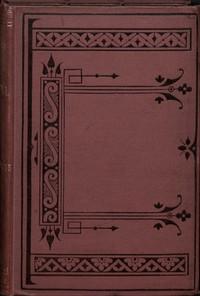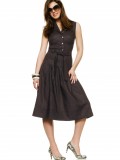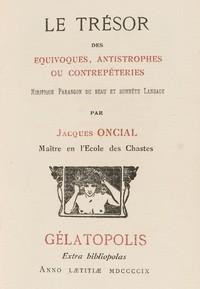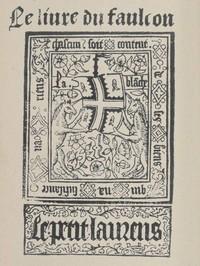Read this ebook for free! No credit card needed, absolutely nothing to pay.
Words: 29587 in 10 pages
This is an ebook sharing website. You can read the uploaded ebooks for free here. No credit cards needed, nothing to pay. If you want to own a digital copy of the ebook, or want to read offline with your favorite ebook-reader, then you can choose to buy and download the ebook.
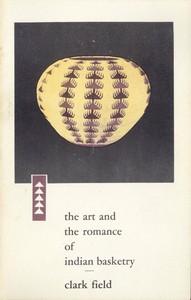

: The Art and the Romance of Indian Basketry Clark Field Collection Philbrook Art Center Tulsa 1964 by Field Clark - Indian baskets North America
the art and the romance of indian basketry
clark field
clark field collection philbrook art center o tulsa o 1964
FOREWORD
The autobiographical information about Mr. Clark Field, which appears at the end of this brochure, briefly tells the inspiring story of well over four decades of dedication to--and sincere belief in--the American Indian as a creative artist. The results of these many years of collecting Indian baskets are on permanent display at Philbrook Art Center, in the Clark Field Collection; in addition, many other specimens are in storage and available to the scholar in the study collection. This brochure is not intended as a catalogue of all of the baskets in the Clark Field Collection, which includes more than a thousand specimens. Rather, it serves as an introduction to Indian basketry and tells the story of how baskets were made and used. About 90 of the more important baskets are illustrated, including the most famous American Indian basket, woven by Dotsolalee reproduced in color on the cover.
Mr. Field has combined his enthusiasm for the art of Indian basketry with a high degree of scientific scholarship. He has kept careful records, which will become increasingly valuable as old specimens become even more rare and this Indian skill gradually dies out in this modern world. His daughter, Dorothy Field Maxwell, has assisted Mr. and Mrs. Field in their collection and with the preparation of this brochure. Mrs. Jeanne Snodgrass, Curator of Indian Art at Philbrook, has also assisted with the brochure in an editorial capacity.
Mr. Field has performed an invaluable service to humanity in his long dedication to the preservation of this most important facet of the original Americans, and Philbrook Art Center will be, for countless generations, a mecca for those who wish to enjoy this fascinating utilitarian, yet esthetically meaningful art form.
BASKETRY
The need for food containers in early human communities led to the "invention" of basketry. The first baskets may have been made of animal skin or twigs; but soon evolved into the use of more suitable materials such as vegetable fibres. Because of the organic materials used in making baskets, most of the earliest examples have been lost through decay. A few examples have been preserved but only in areas of extremely dry climate, such as in Egypt, in Chile and Peru in South America, and in the southwestern United States. Radiocarbon tests of woven artifacts establish the existence and the use of baskets in Nevada, Utah and Oregon as early as 9000 to 700 B.C., and that Egyptians of the pre-dynastic period used baskets. Early literary sources, such as the Bible, mention baskets and other woven articles such as the "ark of bulrushes" in which the infant Moses was hidden ; baskets were used to bring the tithes to the temple, and Matthew talked of "twelve baskets full."
In the study of American Indian baskets there are three major factors to be considered: the first is the tribe which produced the basket; the second is the language, since inter-marriage among tribes produced varying cultures; the third factor is the weave of the basket itself. For example, the five major weaves used by American Indians are: Coil, Twine, Twill, Wicker and Imbricated. To the novice there is the obvious difference in shape, color and texture of a collection of Indian baskets viewed in a museum. To the collector there is the hint of the whole pattern of life of the Indians who produced the basket.
It is the Indian woman, not the man, who makes baskets . They are made either for utilitarian use or for ceremonial use. Basket designs are not taught to the craftsman nor are they copied from a pattern book. They are created by the individual weaver who is an artist of great ability. The artist-craftsman must first develop a manner of weaving that will form a shape adequate for the basket's final use. She must then find suitable materials in her area for this weaving project. This step completed, she mentally creates a decorative design and invents a method of weaving it into the basket.
It is known that all North American Indian tribes, at some time in their history, made and used baskets. However, the finest and most decorative baskets were made about the middle of the 19th century, in the Northwest, down the Pacific Coast states and into the Southwest through Arizona and New Mexico.
Free books android app tbrJar TBR JAR Read Free books online gutenberg
More posts by @FreeBooks
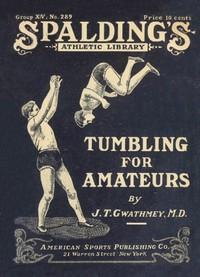

: Across the Vatna Jökull; or Scenes in Iceland Being a Description of Hitherto Unkown Regions by Watts William Lord - Iceland Description and travel
